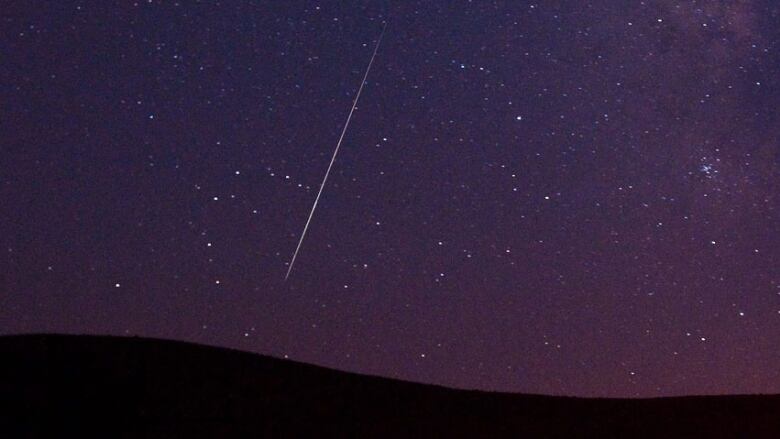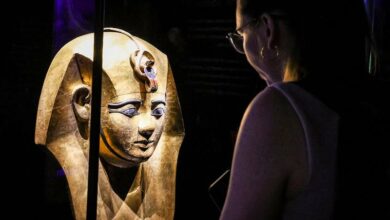
Tokyo-based space company, ALE, has unveiled the first human-made meteorite, in a historic event that the Japanese have been anticipating for years.
ALE aims to produce several stars and meteors, after the manufacturing process was disrupted in 2020.
The meteor shower is scheduled to be released in 2023, as the company said in a statement reported by The Sun newspaper:
“ALE hopes to give Brits and others all over the world the opportunity to view the world’s first live human-made meteor shower”.
The move falls within a project known as Sky Canvas, which focuses on atmospheric data in the mesosphere: the third layer of the atmosphere too low to be observed by satellites.
The trajectory and light emissions of these meteorites is hoped to enable ALE to gather data such as wind speed and atmospheric composition. and more that can help scientists and researchers develop new weather models.
“Our aim is to contribute to the sustainable development of humankind and to bring space closer to all of us, by expanding the area of human activity beyond Earth to discover, collect and apply essential data from space,” Lena Okajima, founder and chief executive of ALE, said.
“As a first step, I founded ALE to create the world’s first human-made shooting star, to inspire wonder and to spark scientific curiosity,” Okajima added.
Natural shooting stars occur when dust from other space particles enter the Earth’s atmosphere and heat up due to friction from the air.
The heat then causes gases around the space particles to glow brightly.
ALE plans to reproduce this process artificially with metal-based “shooting star” particles, around 1cm in size.
The particles will be placed in small satellites and sent to space where it will orbit the Earth.
“Once the orbit stabilises, the particles will be released at around 400km above Earth. The particles will then travel a third of the way around the planet before burning upon entering the atmosphere at an altitude of 60-80km,” ALE said.
“We will also take all possible precautions in the release of meteor sources so that [they] do not hit other man-made objects and increase space debris,” ALE added.
The last meteor was scheduled to be released in 2020, but a malfunction in one of the satellites led to postponing the event.




